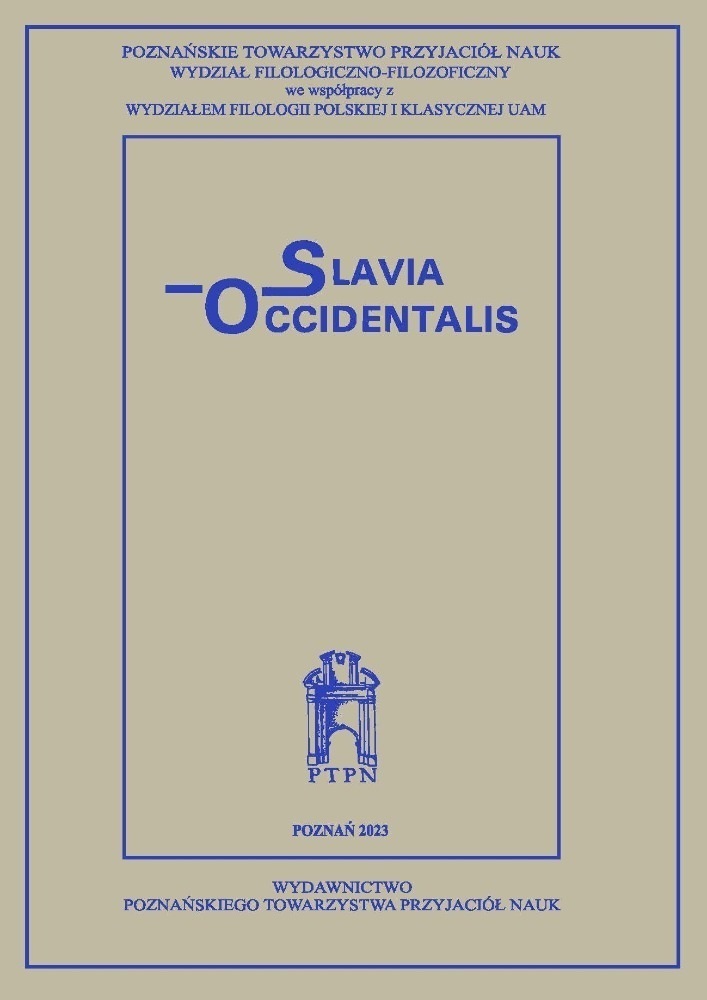Abstrakt
At the end of the Migration Period the Slavic tribes left their original native lands and moved to the West. A few of the tribes appeared for the first time in 631 in the Franconian Chronicle under the Latin name of Surbi. It was their first mention in history. As a result of their conquest (929) by the Saxon king Henry I, they were incorporated into the German state organization and gradually Germanised. However, in the subsequently German central territories, in the so-called Germania Slavica, between Thuringia and Holstein, there still exists a Slavic cultural stratum, which is nowadays predominantly seen in multiple placenames. Lusatian Sorbs – approximately a quarter of a million people in 1800 – certify the historical development up to the contemporary times through their living language and tradition. This miracle can be explained by geographical, demographical, historical and political factors. However, despite the national revival in the early 19th century, the existence of the ethnicum was endangered by modernization and industrialization. By the end of the World War II, the population of Lusatian Sorbs had dropped to 100 000. In the totalitarian system of the GDR (The German Democratic Republic), “the brotherly Slavic nation” gained the basic rights (the legislation act already from 1948). The process of farther but restrained assimilation, occurring in both Lusatian territories, accelerated again in the open, pluralistic society after 1989/90. Due to financial resources as well as institutional reorganization, the German government strives to maintain the autochthonic minority, which now is perceived as a phenomenon enriching the United Europe. Simultaneously, the critical border to which the revitalization (especially of the Lower Lusatian language) is feasible, seems to have been crossed.
Bibliografia
Blaschke K., Die geschichtliche Leistung des sorbischen Volkes im germanisch-slawischgen Berührungsraum Ostmitteleuropas, [w:] Im Wettstreit der Werte. Sorbische Sprache, Kultur und Identität auf dem Weg ins 21. Jahrhundert, red. D. Scholze, Budziszyn 2003.
Geschichte der Sorben, resp. Stawizny Serbow, t. 1–4, Budziszyn 1974–1979.
Lübke C., Die Germania Slavica als Bestandteil Ostmitteleuropas, [w:] Struktur und Wandel im Frühund Hochmittelalter. Eine Bestandsaufnahme aktueller Forschungen zur Germania Slavica, red. Ch. Lübke, Stuttgart 1998.
Scholze D., Die Gleichberechtigung der Sorben in Sachsen, [w:] Polityczne wymiary etniczności, red. M. Mieczkowska i D. Scholze, Kraków 2009.
Scholze D., Die Situation der Sorben in Vergangenheit und Gegenwart, [w:] „Europa Regional” 10 (2002) 2.
Schröder R., Sachsen – Geschichte einer Zuwanderung (wykład), [w:] Die Sächsische Ausländerbeauftragte lädt ein, Drezno, 20 listopada 2008.
Licencja
Copyright
© 2011 Poznańskie Towarzystwo Przyjaciół Nauk Wydział Filologiczno-Filozoficzny we współpracy z
Wydziałem Filologii Polskiej i Klasycznej Uniwersytetu im. Adama Mickiewicza w Poznaniu
OPEN ACCESS
